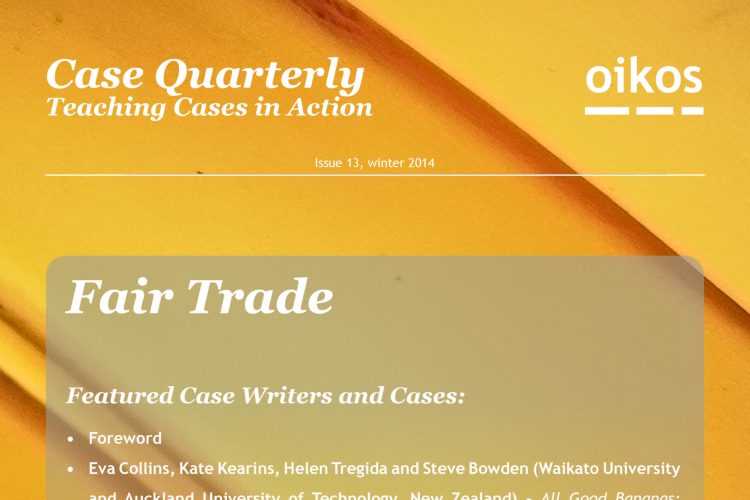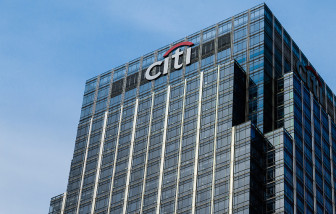As of today, fairtrade products can be found in almost any grocery store. Both, sales volume and variety of products available keep increasing at a fast pace. Much has...
Without any need for introduction, people knew who these men were. They were well-dressed, well-connected and accomplished, and they had far more than a few billion dollars behind them,...
As March ushers in spring, oikos is happy to bring new prospects for student and alum alike. We are excited to welcome oikos ANU from Kenya, and spend 30...




